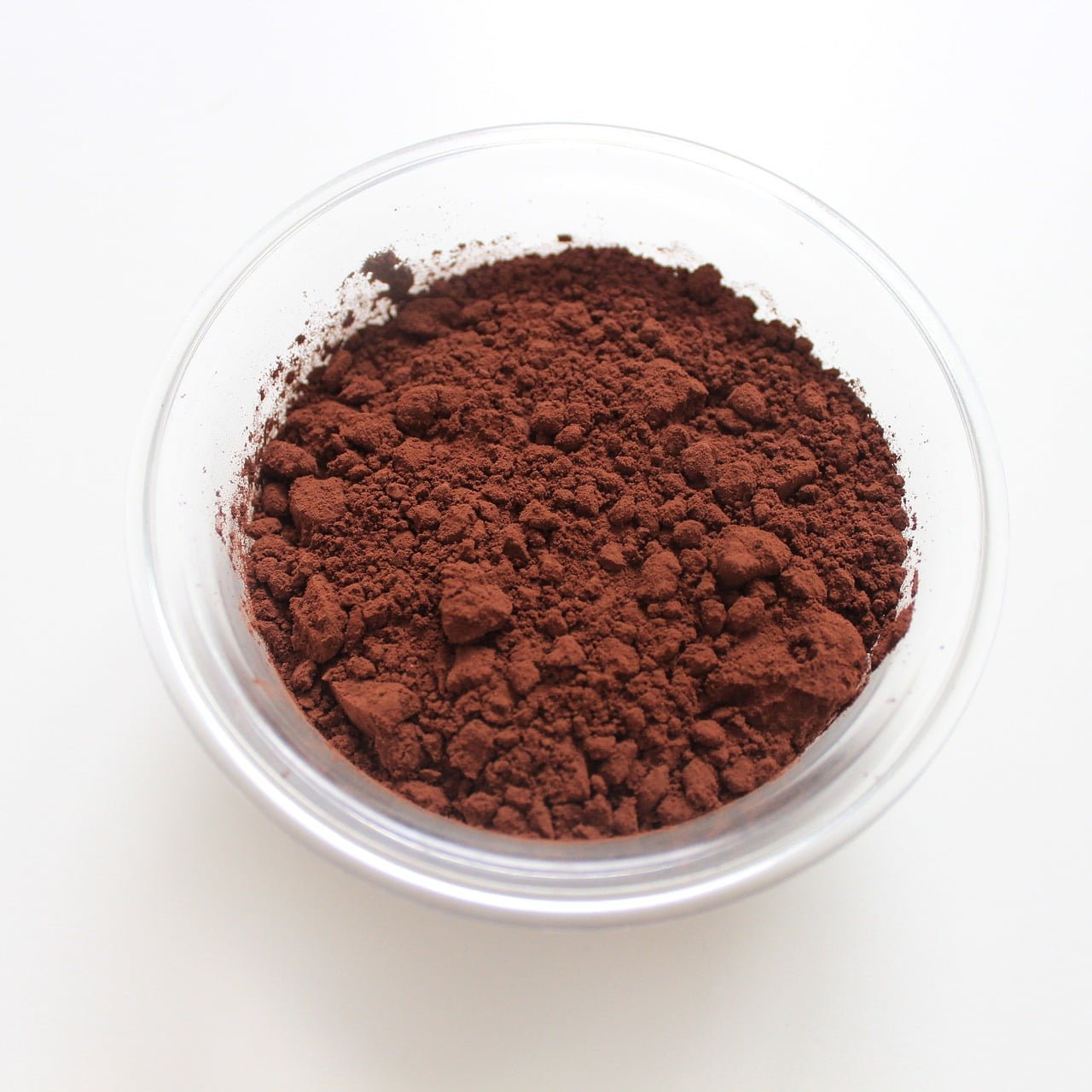Table of Contents
Introduction
1. High-Impact Aerobics
2. Contact Sports
3. Exercises Lying Flat on Your Back
4. Heavy Weightlifting
5. Hot Yoga and Hot Pilates
6. Deep Twists and Intense Abdominal Exercises
7. Scuba Diving and High-Altitude Activities
How to Modify Your Workout During Pregnancy
Conclusion
Introduction
Understanding which exercises to avoid during pregnancy is crucial for maintaining a healthy and safe pregnancy. Staying active is essential, but not all exercises are safe when you’re expecting. The right exercises can help you stay fit, manage weight, reduce stress, and prepare your body for labor. However, knowing which exercises to avoid during pregnancy is just as important to ensure you and your baby remain safe throughout the nine months. Let’s dive into the top 7 exercises to avoid during pregnancy and explore why they can be risky during this critical time.
1. High-Impact Aerobics
High-impact aerobics, such as jumping, running, or step classes, are exercises to avoid during pregnancy. These activities can put unnecessary strain on your joints and ligaments, which are already more flexible due to pregnancy hormones like relaxin. Additionally, high-impact exercises can elevate your heart rate to levels that might not be safe during pregnancy. Instead of these exercises to avoid during pregnancy, opt for low-impact aerobic exercises like walking, swimming, or stationary cycling.
Walking is one of the best low-impact exercises during pregnancy, as it helps maintain cardiovascular health without stressing your joints. Swimming is another excellent option, offering full-body engagement while supporting your growing bump. Stationary cycling is a safer alternative to traditional biking as it reduces the risk of falls. For a more in-depth look at safe exercises, refer to our prenatal exercise guide for more tips on staying fit and active during pregnancy.
2. Contact Sports
Contact sports, such as soccer, basketball, and hockey, are definitely exercises to avoid during pregnancy due to the high risk of injury. These sports can involve falls or direct impacts, which could harm both you and your baby. Even seemingly low-risk sports like tennis or racquetball can involve sudden movements that may not be safe during pregnancy.
The risk of abdominal trauma from falls or collisions in contact sports is a significant concern. During pregnancy, your balance changes as your belly grows, making falls more likely. Instead of engaging in these exercises to avoid during pregnancy, consider non-contact activities like swimming, prenatal yoga, or walking. For those who miss the competitive edge of sports, exploring safer team activities like prenatal exercise classes can be a great alternative. Check out our guide to safe pregnancy exercises for more ideas.
3. Exercises Lying Flat on Your Back
After the first trimester, any exercises that involve lying flat on your back should be considered exercises to avoid during pregnancy. This position can compress the vena cava, a major vein that returns blood to your heart, potentially reducing blood flow to your baby and causing dizziness or lightheadedness. Modify these exercises to avoid during pregnancy by using a pillow for support or opting for side-lying or seated positions.
While exercises like crunches, bench presses, or certain yoga poses might have been a part of your pre-pregnancy routine, they become less safe as your pregnancy progresses. Instead of lying flat on your back, consider exercises that keep your head and chest elevated. Using an exercise ball or a wedge pillow can help you modify these activities. Additionally, side-lying exercises are great alternatives that target similar muscle groups without the associated risks. Refer to our article on prenatal core exercises for safe and effective alternatives.
4. Heavy Weightlifting
Heavy weightlifting is another one of the exercises to avoid during pregnancy. Lifting heavy weights can strain your back and pelvic floor, which are already under increased pressure. It can also increase the risk of injury and may worsen diastasis recti, a common condition where the abdominal muscles separate during pregnancy. Instead of these exercises to avoid during pregnancy, stick to lighter weights with higher repetitions and focus on maintaining good form.
Strength training during pregnancy is not off-limits, but it requires some adjustments. Focus on using lighter weights and increasing your repetitions to maintain muscle tone without the risk of overstraining your body. Exercises like bodyweight squats, lunges, and resistance band workouts are safer alternatives that still provide a solid workout. For more guidance on how to safely continue strength training, see our detailed guide on safe strength training during pregnancy.
5. Hot Yoga and Hot Pilates
Hot yoga and hot Pilates are definite exercises to avoid during pregnancy. The high temperatures in these environments can lead to overheating, which is dangerous for both you and your baby. Overheating has been linked to neural tube defects and other developmental issues. Instead of these exercises to avoid during pregnancy, choose regular prenatal yoga or Pilates classes designed for pregnancy.
While yoga and Pilates are generally safe and beneficial during pregnancy, the added heat in hot yoga or hot Pilates can pose significant risks. It’s essential to keep your body temperature regulated to avoid potential harm to your baby. Prenatal yoga and Pilates offer modified poses that accommodate your changing body and focus on breathing, relaxation, and gentle stretching. These classes are specifically designed to be safe for pregnant women. Learn more about the benefits of prenatal yoga in our complete guide to prenatal fitness.
6. Deep Twists and Intense Abdominal Exercises
Deep twists and intense abdominal exercises are also exercises to avoid during pregnancy. These movements can strain your abdominal muscles and may exacerbate diastasis recti. Instead of these exercises to avoid during pregnancy, focus on gentle core-strengthening exercises that promote stability without putting excessive pressure on your abdominal area.
As your belly grows, deep twisting movements and intense core exercises become less safe. These exercises can overstretch the abdominal muscles, leading to or worsening diastasis recti, a condition where the abdominal muscles separate. Instead, engage in gentle core exercises like pelvic tilts, seated abdominal contractions, and cat-cow stretches. These alternatives can help maintain core strength without the risks associated with intense abdominal workouts.
7. Scuba Diving and High-Altitude Activities
Scuba diving and high-altitude activities are among the most dangerous exercises to avoid during pregnancy. Scuba diving can cause decompression sickness in the baby, as the fetus cannot tolerate the formation of nitrogen bubbles in its tissues. High-altitude activities, on the other hand, can reduce the amount of oxygen available to you and your baby, leading to potential complications. These are essential exercises to avoid during pregnancy.
Activities that involve significant changes in pressure or oxygen levels, like scuba diving and high-altitude sports, are particularly hazardous during pregnancy. The risks include decompression sickness and hypoxia, both of which can have serious consequences for your developing baby. If you’re craving adventure, consider safer alternatives like snorkeling in shallow waters or hiking at lower altitudes where the oxygen levels are more stable. For more on the risks of these activities, visit the Centers for Disease Control and Prevention (CDC).
How to Modify Your Workout During Pregnancy
Knowing which exercises to avoid during pregnancy is essential, but modifying your existing workout routine is equally important. The goal is to stay active while ensuring your exercises are safe and supportive of your changing body. Here are some tips for modifying your workouts:
- Listen to Your Body: Pregnancy is not the time to push through pain or discomfort. If something doesn’t feel right, stop immediately and consult your healthcare provider.
- Focus on Low-Impact Activities: Swimming, walking, and prenatal yoga are excellent options that are easy on the joints and safe for your baby.
- Stay Hydrated: Drink plenty of water before, during, and after your workout to prevent overheating and dehydration.
- Avoid Overheating: Exercise in a cool, well-ventilated area, and avoid workouts during the hottest part of the day.
- Keep Moving: Even light activity can be beneficial during pregnancy. Aim for at least 150 minutes of moderate-intensity aerobic activity each week, as recommended by the Centers for Disease Control and Prevention (CDC).
Modifying your workout during pregnancy can help you stay active while ensuring both you and your baby remain safe. It’s also essential to adjust your exercise intensity and type as your pregnancy progresses. For more tips on staying active and healthy, check out our comprehensive guide to prenatal fitness.
Conclusion
Maintaining an active lifestyle during pregnancy is essential, but knowing which exercises to avoid during pregnancy is just as important. By avoiding high-impact aerobics, contact sports, exercises lying flat on your back, heavy weightlifting, hot yoga, deep twists, and high-risk activities like scuba diving, you can help ensure a healthy and safe pregnancy. Always consult with your healthcare provider before starting or continuing any exercise routine during pregnancy to ensure it’s safe for your specific situation.
For personalized advice and prenatal fitness plans tailored to your needs, consider reaching out to Family First Fitness. We’re here to support you every step of the way on your pregnancy journey.



